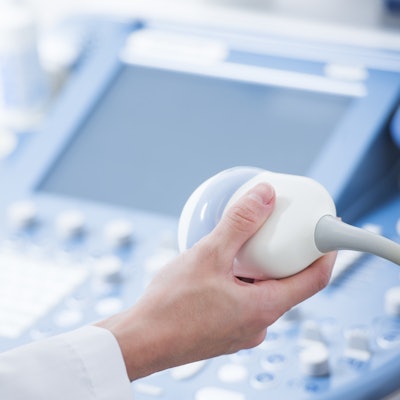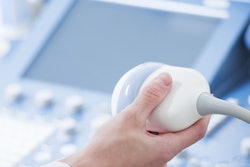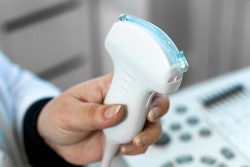
Medical professionals reported inconsistencies in the use of supplies designed to prevent contamination during ultrasound-guided peripheral IV (UG-PIV) procedures, according to survey findings published on September 29 in the Journal of the Association for Vascular Access.
A two-person research team asked vascular access specialists, emergency departments clinicians, and other healthcare staff about their supply use for UG-PIV procedures. A total of 1,475 people responded to the survey, which showed sometimes alarming gaps between the recommended best practices and clinical realities.
Notably, the American College of Emergency Physicians and the American Institute of Ultrasound in Medicine recommend using a transducer cover and single-use gel packets (sterile or nonsterile) to minimize contamination during UG-PIV insertions. But just 37% of respondents said they always used a sterile transducer or probe cover, and even more respondents (39%) said they never used a sterile transducer or probe cover.
Worryingly, not all respondents agreed that a transducer or probe cover was important. A total of 11% of respondents said it was not important to use a cover, while 69% said it was very important.
Furthermore, 23% of respondents said they always used a multi-use gel bottle for ultrasound-guided peripheral IV procedures. As for sterile single-gel packets, 56% of respondents said they always used them, compared with 23% of people who use them sometimes and 21% of people who never use them.
The results often differed by respondents' occupations. Vascular access specialists reported using probe covers and dressings more often than emergency department clinicians and healthcare staff. They were also likely to use both nonsterile and sterile gel.
In a press release, lead study author Nancy Moureau, PhD, said the survey was important for identifying gaps and variations in clinical practice in order to create initiatives to improve patient safety.
"Often inconsistencies in supply usage point to variation in policy application and the potential for substandard practices," stated Moureau, CEO of clinician education and training firm PICC Excellence. "The survey results suggest a need for clinical education on the application of UG-PIV guidelines, and for greater scrutiny over supplies and techniques in order to promote standardization."



















